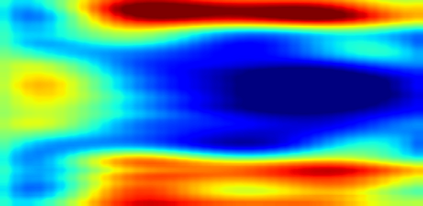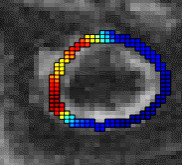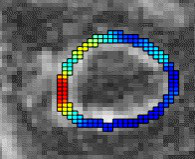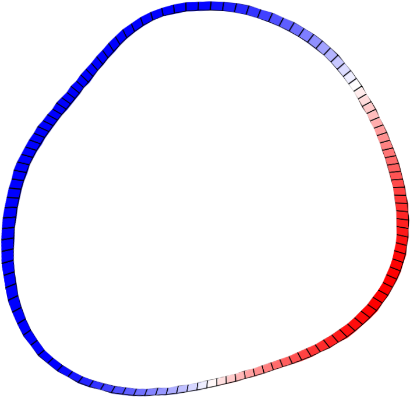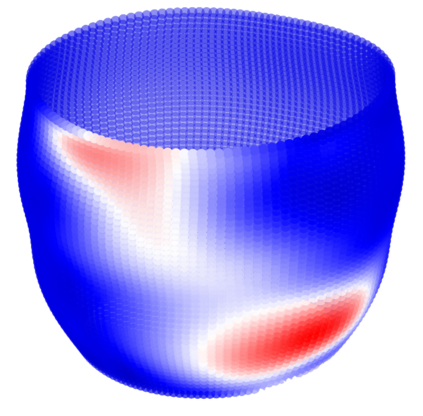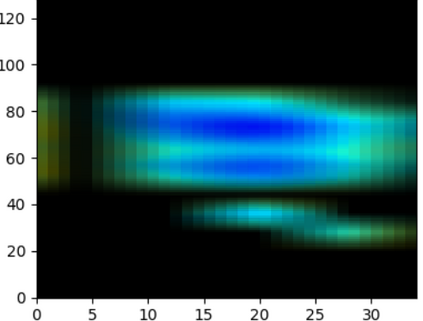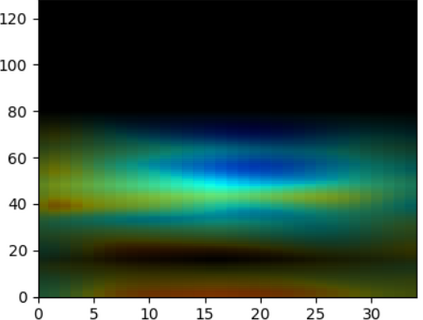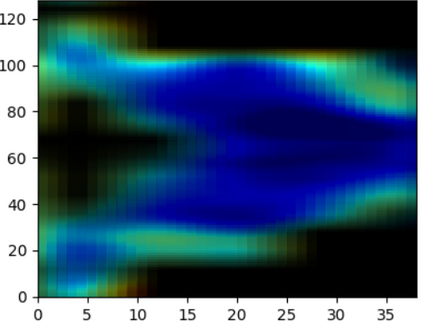The selection of an optimal pacing site, which is ideally scar-free and late activated, is critical to the response of cardiac resynchronization therapy (CRT). Despite the success of current approaches formulating the detection of such late mechanical activation (LMA) regions as a problem of activation time regression, their accuracy remains unsatisfactory, particularly in cases where myocardial scar exists. To address this issue, this paper introduces a multi-task deep learning framework that simultaneously estimates LMA amount and classify the scar-free LMA regions based on cine displacement encoding with stimulated echoes (DENSE) magnetic resonance imaging (MRI). With a newly introduced auxiliary LMA region classification sub-network, our proposed model shows more robustness to the complex pattern cause by myocardial scar, significantly eliminates their negative effects in LMA detection, and in turn improves the performance of scar classification. To evaluate the effectiveness of our method, we tests our model on real cardiac MR images and compare the predicted LMA with the state-of-the-art approaches. It shows that our approach achieves substantially increased accuracy. In addition, we employ the gradient-weighted class activation mapping (Grad-CAM) to visualize the feature maps learned by all methods. Experimental results suggest that our proposed model better recognizes the LMA region pattern.
翻译:为解决这一问题,本文件引入了一个多任务深层次学习框架,该框架可以同时估计无伤寒点数,并将无伤寒LMA区域与刺激回声磁共振成像(MRI)进行分类,这对心脏再同步疗法(CRT)的反应至关重要。 尽管目前采用的方法成功地将检测这种迟发机械激活(LMA)区域作为激活时间回归问题的方法取得了成功,但其准确性仍然不能令人满意,特别是在心肌创伤存在的情况下。为解决这一问题,本文件引入了一个多任务深度学习框架,同时估算LMA区域数量,并将预测无伤痛LMA区域与刺激回声(DESE)磁共振动成像(MRI)进行分类。在新近推出的辅助LMA区域分类子网络中,我们提议的模型显示,由于心肌创伤的复杂原因,我们更加稳健,大大消除了其在LMA检测过程中的负面效应,进而改善了伤疤分类的性。为了评估我们的方法的有效性,我们用真实的心力MMR图像测试了我们的模型,并将预测的LMA区域与最新方法进行比较,这表明我们的方法大大提高了准确性地提高了LMA区域模拟模型,我们所研拟的图像模型,从而确认了了LMA的模型。

